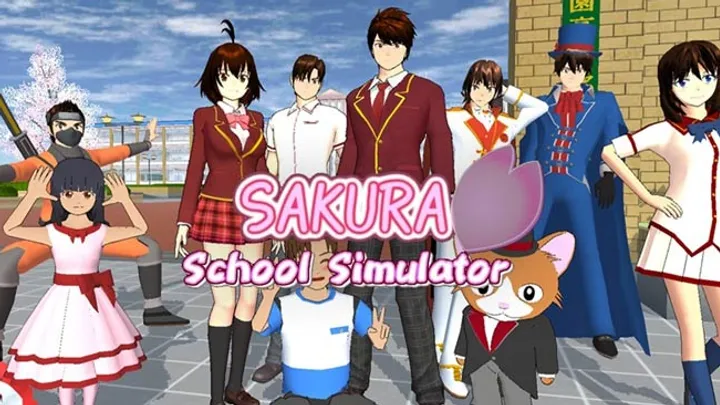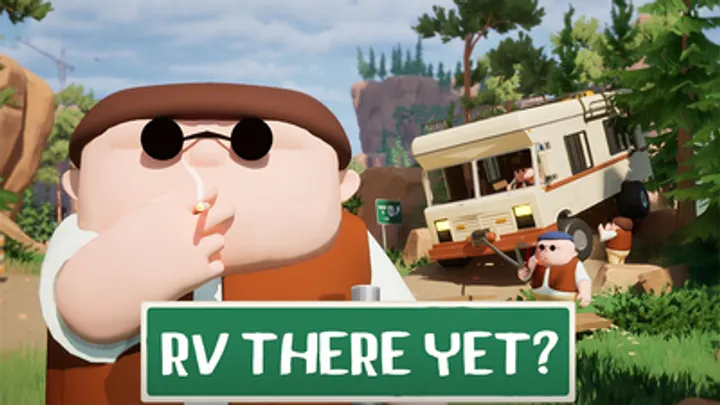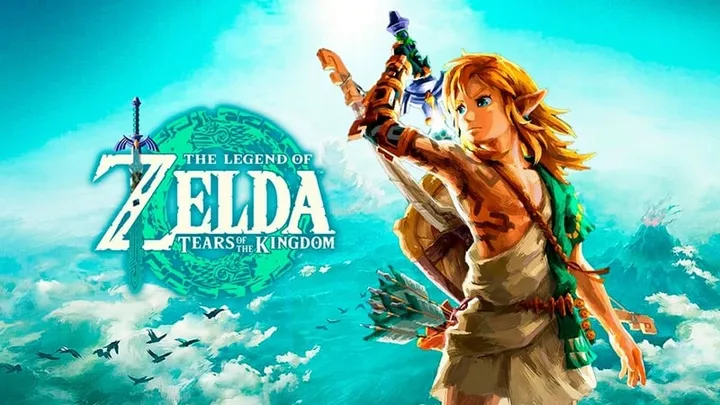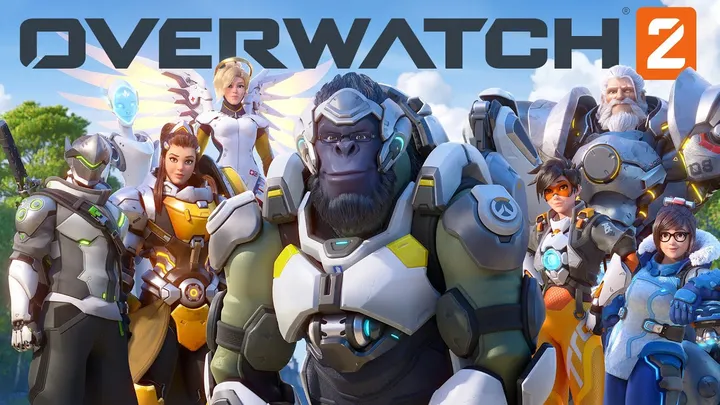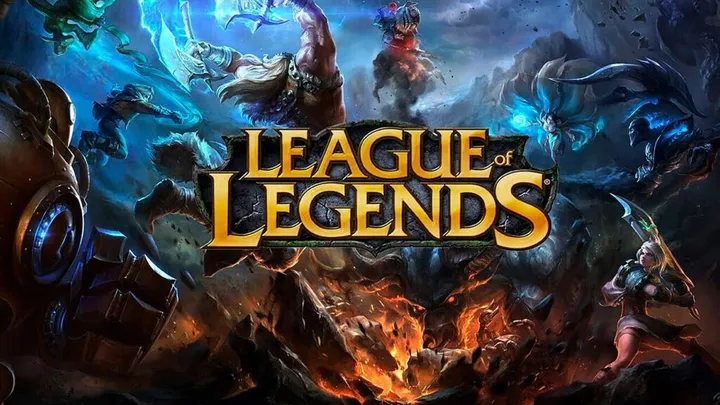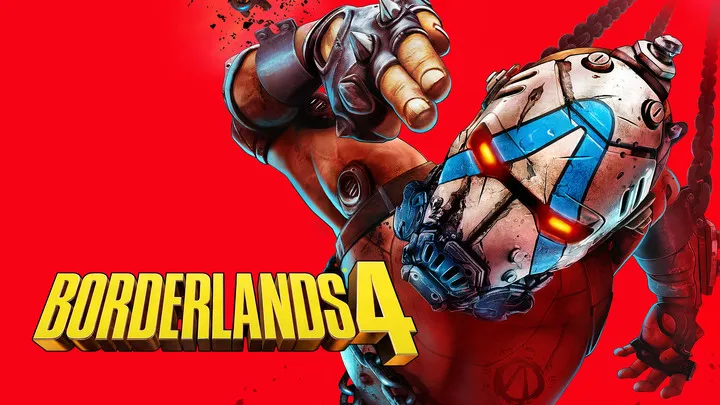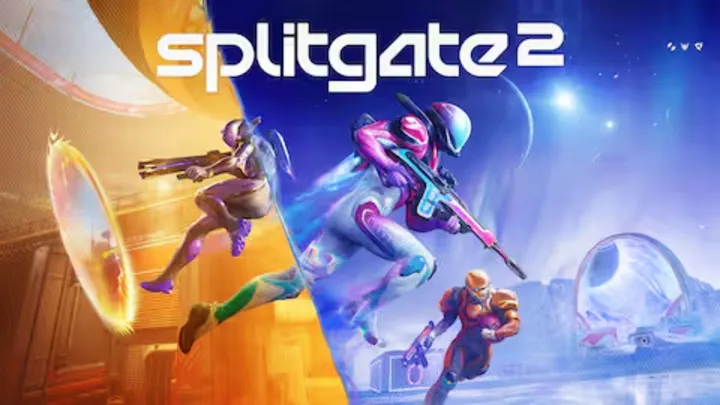Overwatch 2, developed by Blizzard Entertainment, is a fast-paced team-based hero shooter that combines elements of first-person shooters (FPS), strategy, and hero abilities. Unlike traditional shooters, Overwatch 2 emphasizes teamwork, hero synergy, and tactical awareness rather than pure aim. Players select from a diverse cast of heroes, each with unique abilities, to battle across objective-based maps in dynamic 5v5 matches.
For newcomers, Overwatch 2 can seem overwhelming—dozens of heroes, various roles, and constantly evolving gameplay mechanics. But with the right approach, understanding, and practice, you can go from a beginner to a competitive player. This guide will teach you how to play Overwatch 2 effectively, covering everything from the basics to advanced strategies for climbing the ranks.
1. Understanding the Basics of Overwatch 2
At its core, Overwatch 2 is about teamwork and objectives. Two teams of five players compete to complete map-specific objectives, such as capturing points, escorting payloads, or pushing barriers. Winning requires coordination, smart positioning, and efficient use of abilities.
Each player chooses one hero from the available roster, divided into three roles: Tank, Damage (DPS), and Support. Every role has a distinct purpose that contributes to the team’s success.
The most important thing to remember: Overwatch 2 isn’t about kills—it’s about objectives. Focusing on team coordination and strategic play will lead to more victories than chasing eliminations.
Core Concepts:
- Teamwork > Individual skill.
- Play the objective, not just the kill feed.
- Communication and positioning often win fights before they start.
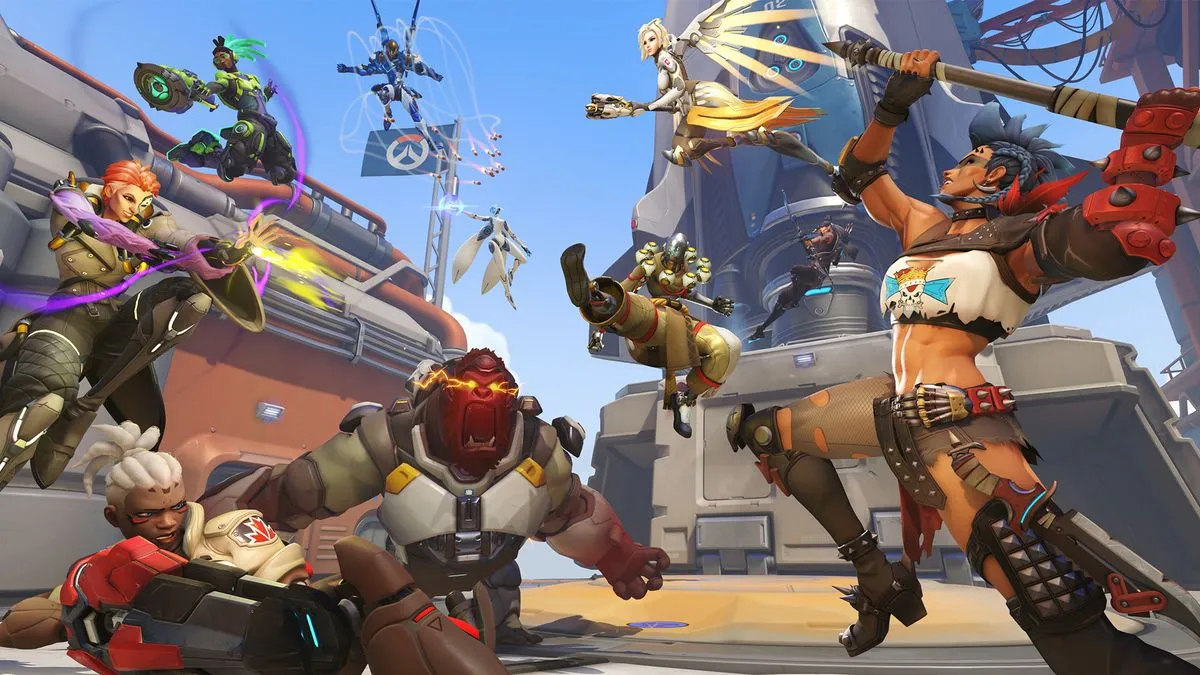
2. Getting Started: Setting Up Your Account and Preferences
To play Overwatch 2, you’ll need a Battle.net account. Download the game from Blizzard’s launcher, log in, and complete the tutorial, which introduces basic controls, hero roles, and objectives.
Once inside, it’s crucial to adjust your settings for optimal performance and comfort. Fine-tune your sensitivity, key bindings, and graphics settings to ensure smooth gameplay. Many professional players prefer lower mouse sensitivity for better accuracy.
You can also enable crossplay to play with friends on other platforms and customize your crosshair for better visual clarity.
Pro Tip: Start with the Practice Range to learn hero mechanics and abilities before entering real matches.
3. Understanding the Roles: Tank, Damage, and Support
Overwatch 2’s heroes are divided into three categories, each serving a vital function in team composition. Understanding your role helps you contribute effectively to your team.
Tank:
- Creates space, absorbs damage, and initiates fights.
- Examples: Reinhardt, Winston, Orisa.
- Tanks lead the charge and protect their teammates.
Damage (DPS):
- Focuses on eliminating opponents and pressuring key targets.
- Examples: Soldier: 76, Tracer, Reaper.
- DPS heroes rely on accuracy, timing, and positioning.
Support:
- Heals, buffs, and sustains teammates.
- Examples: Mercy, Kiriko, Ana.
- A strong support player can keep the team alive and turn the tide of battle.
Each role is equally important—success comes when all three roles synergize.
4. Learning the Heroes: Finding Your Playstyle
Overwatch 2 features over 30 heroes, each with a unique set of abilities, weapons, and ultimate attacks. Finding the heroes that fit your preferred playstyle is essential to improving.
Beginner-Friendly Heroes:
- Tank: Reinhardt (simple melee combat and barrier usage).
- DPS: Soldier: 76 (traditional shooter mechanics).
- Support: Moira (easy healing/damage hybrid).
Experiment with different heroes in Quick Play or the Training Range to understand their abilities. Once you find a few that match your style, focus on mastering them rather than playing every hero.
Tip: Learn at least one hero from each role. This helps you adapt when team compositions or strategies change.
5. Mastering Game Mechanics and Controls
Overwatch 2’s mechanics go beyond just aiming and shooting. Each hero has a combination of primary fire, secondary abilities, and an ultimate ability that can turn fights in your favor.
Essential Mechanics to Learn:
- Ability Cooldowns: Use abilities strategically; spamming them can leave you vulnerable.
- Ultimate Management: Coordinate ultimates with your team for maximum effect.
- Positioning: Stay close to your teammates but out of harm’s way.
- Movement: Learn to strafe, jump, and use map geometry for cover.
Practice aim and movement daily in Aim Trainer or Custom Games. Even small improvements in accuracy or positioning can drastically change your performance.
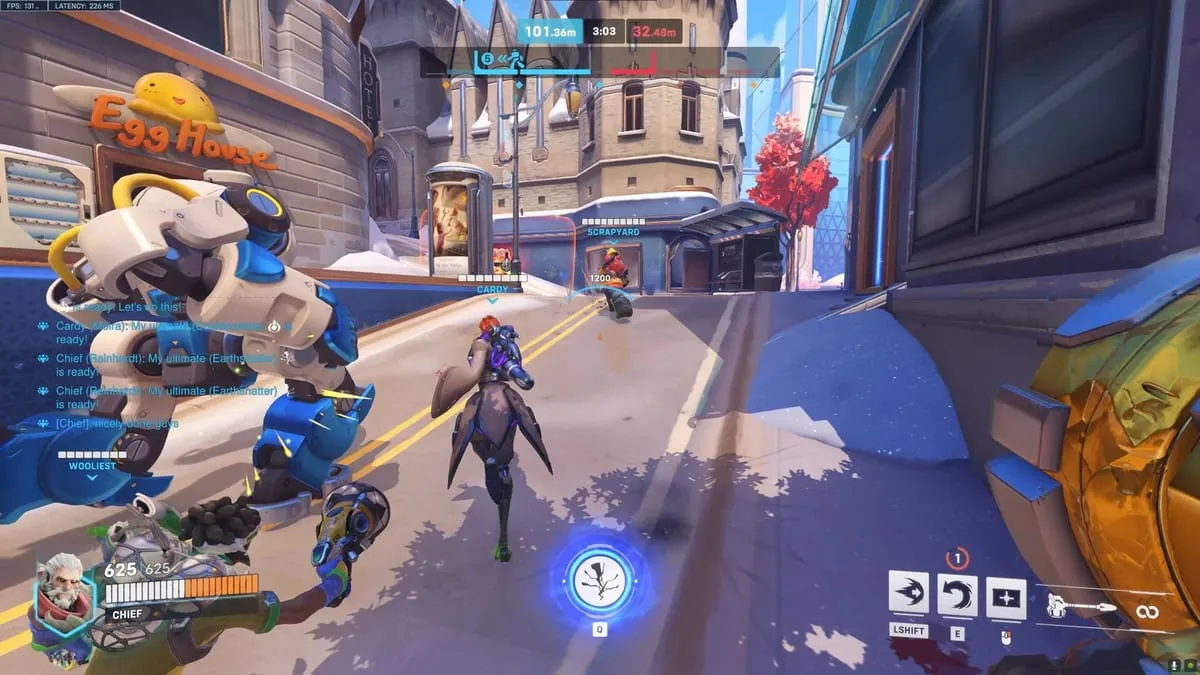
6. Understanding Maps and Objectives
Overwatch 2 features multiple map types, each requiring unique strategies and teamwork. Knowing how each map works gives you an edge in every match.
Map Types:
- Push: Escort a robot that pushes a barricade toward the enemy base.
- Escort: Move a payload along a set path while defending it.
- Hybrid: Capture a point, then escort a payload.
- Control: Capture and hold points in a best-of-three format.
- Flashpoint: Capture two alternating points across the map.
Every map encourages specific hero choices and tactics. For instance, vertical maps like Numbani favor heroes with high mobility such as Pharah or Echo. Understanding chokepoints, health pack locations, and flank routes helps you position better and avoid ambushes.
7. Team Composition and Synergy
Success in Overwatch 2 heavily depends on team synergy. Picking heroes that complement each other can greatly increase your odds of winning.
Examples of Strong Combos:
- Reinhardt + Ana + Reaper: Classic close-range brawl combo with sustain and burst.
- Winston + Tracer + Kiriko: Dive comp focused on quick engages and mobility.
- Orisa + Bastion + Baptiste: Defensive composition for holding positions.
When forming a team, avoid overlapping roles or heroes that serve the same purpose. For example, running two shield tanks (in 5v5 format) is no longer effective—diversify your composition.
Tip: Adapt your hero choices based on the enemy team. Countering heroes is often more effective than sticking to your favorite.
8. Playing the Objective and Teamfighting
Every match in Overwatch 2 revolves around objectives. Whether it’s escorting a payload or capturing a point, staying near the objective matters more than chasing kills.
How to Play Objectives Effectively:
- Stay grouped; isolation leads to easy deaths.
- Rotate as a team instead of trickling in one by one.
- Prioritize eliminating key enemy heroes (supports, then DPS).
Teamfights require coordination and timing. Communicate when you’re using abilities like Zarya’s Graviton Surge or Cassidy’s Deadeye to ensure maximum impact. Understanding when to engage or disengage can determine whether you win or lose a fight.
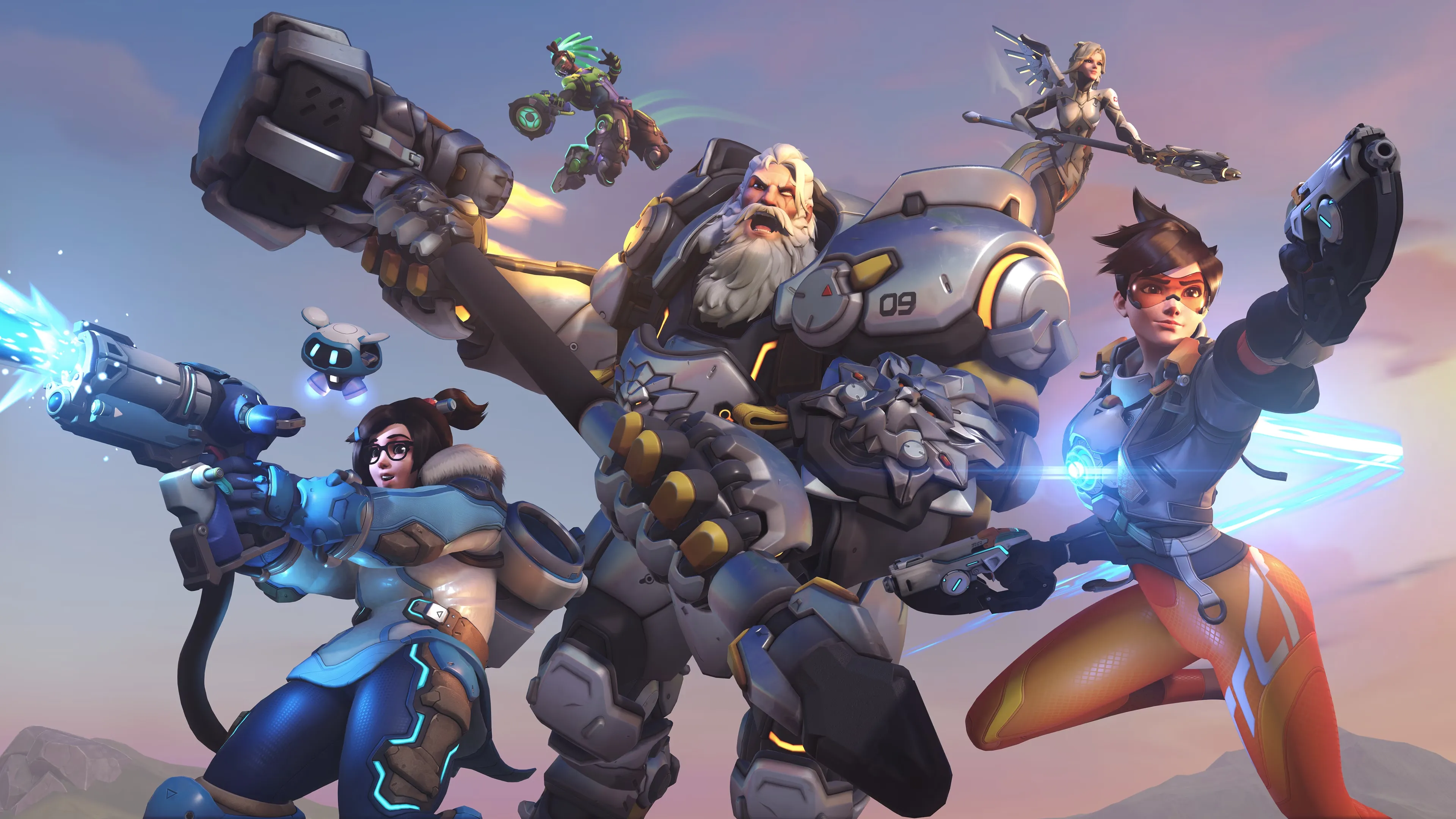
9. Communication, Strategy, and Game Sense
Strong communication and awareness separate good players from great ones. Overwatch 2 rewards teams that communicate effectively through pings or voice chat.
Communication Tips:
- Call out enemy positions (“Reaper behind!”).
- Warn teammates about ultimates (“Watch out for D.Va bomb!”).
- Encourage and stay positive; negativity lowers team morale.
Developing Game Sense:
- Learn to predict enemy ultimates based on their play.
- Recognize when to push or fall back.
- Keep track of respawn timers and regroup before re-engaging.
A well-coordinated team with solid communication can defeat even more mechanically skilled opponents.
10. Progressing and Climbing the Ranks
Overwatch 2’s Competitive Mode allows you to test your skills against similarly ranked players. Your progress is measured through ranks, from Bronze all the way to Top 500.
Climbing the ladder isn’t just about raw skill—it’s about consistency, teamwork, and learning from mistakes.
Tips for Improvement:
- Watch Replays: Analyze what went wrong and how to position better.
- Specialize: Master 2–3 heroes within your main role.
- Stay Calm: Focus on improvement rather than rank.
- Play with a Group: Coordinating with familiar teammates increases win rates.
Remember, Overwatch 2 is designed to reward adaptability and teamwork. Don’t be afraid to switch heroes mid-match if your current one isn’t effective. The best players are those who can read the flow of the game and adjust accordingly.
Conclusion
Learning how to play Overwatch 2 takes time, patience, and teamwork. From understanding your role and mastering heroes to reading maps, communicating effectively, and playing the objective, each lesson builds upon the next. Whether you aim to play casually with friends or climb into competitive ranks, the key lies in teamwork, adaptability, and continuous self-improvement.
Overwatch 2 isn’t just a shooter—it’s a test of coordination, awareness, and creativity. With the right mindset and dedication, you’ll not only win more games but also truly enjoy the exhilarating experience that makes Overwatch 2 one of the most engaging team games ever created.
